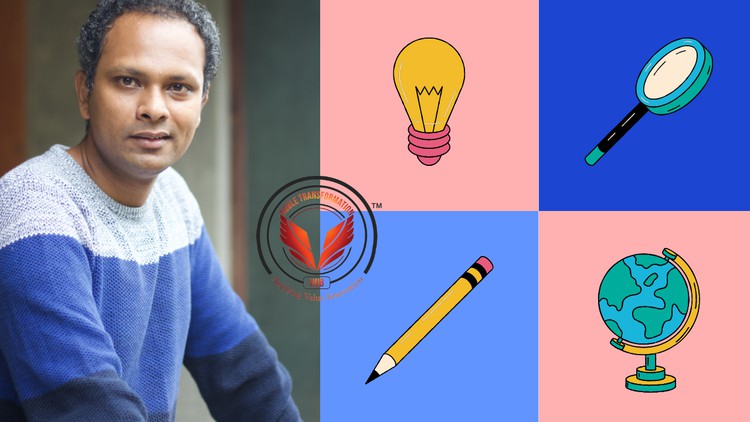
With Real Time Case Study and Case Method
What you will learn
One can understand how a system level project is worked in a shorter span of time.
How one can learn about understanding systems on a smaller level applying it to individuals
Primary and secondary research knowledge skills on how to extract data
Using architecture space, how a system of problems can be solved how community engagement can be improved through understanding the values of the people
How one can learn about behavioural case studies and implement it into a system level problem of child adoption process to solve
Description
About the master class:
This project talks about the system level understanding of product design aspects and how understanding a holistic perspective of our system and implementing suitable solutions for it. Taking out case studies like behaviour analysis and then applying it to solving a problem like the child adoption process. Also this system talks about individual level problem-solving and a smaller community level problem-solving in detail through system design understanding. And we talked about mapping the existing system of child adoption process in heavy content to text in the form of mapping and then we found suitable opportunities and solutions for working around it. The research is the main part and data collection and mapping is the main part of this project one can learn.
Design philosophy:
As I used to say in my design courses, that design cannot be learned in the rot learning or Text book way of learning that you do through a chapter wise and remember some formulas that will yield you some solutions. Design is unique and when different people approach the same problems we will get different solutions based on the inputs that designer works on.
So design can be approached in the way of learning through the case studies and by doing action on your own to learn yourself.
Learning by doing and learning by action.
Benefits of the master class:
- One can understand how a system level project is worked in a shorter span of time.
- How one can learn about understanding systems on a smaller level applying it to individuals and a smaller community and then applying it to a larger community like a bigger city and finally how it’s been applied to a society for bigger complex designproblems like child adoption.
- Primary and secondary research knowledge skills on how to extract data and how to work with secondary research particularly in the context of a pandemic where data collection becomes difficult.
- Using architecture space, how a system of problems can be solved how community engagement can be improved through understanding the values of the people and how special needs can be addressed and finally studied about how behaviour analysis can be used to solve a very complex problem like child adoption
- How one can learn about behavioural case studies and implement it into a system level problem of child adoption process to solve.
- Learning depth concepts of behavioural economics like behavioural triggers, barriers, primers, Q trigger action and how that is making us by certain products or services which is called behavioural economics.
- Using behavioural economics how to solve problems related to child adoption process let’s say by removing the social stigma attached to the child adoption process how behavioural economics could be used.
- How one needs to Map about the whole system design process when it comes to understanding existing problems in our system. Let’s take the child adoption process, which maps the whole government regulatory system to how this is being carried out at state-level and national level and laid out problems and opportunities to solve.
- Bigger giga maps to show what is the information we have gathered, what are the problems there and what are the solution proposals what we made finally, Final solutions are in the form of cards you are applying as well as final giga maps for complete understanding.
- The biggest learning would be the mindset that we need to have when working on a systems level project, particularly without an image to evolve the best information to get the best possible outcome.
Content
